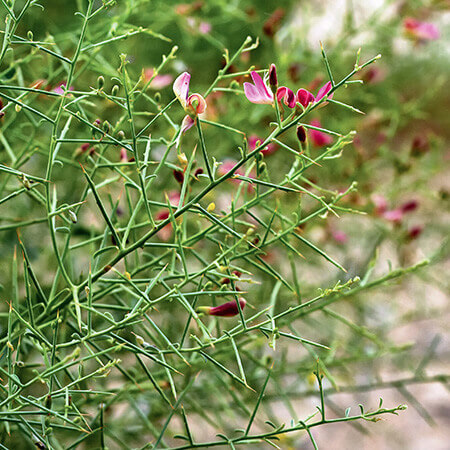-
About Us
button

Dabur India Limited is a leading Indian consumer goods company with interests in Hair Care, Oral Care, Health Care, Skin Care, Home Care and Food & Beverages.
-
Our Brands
button

Dabur presents a range of Herbal & Ayurvedic Personal Care products, created to make you look and feel good. Bringing together the gentle touch of nature and Ayurveda's wisdom .
-
Investors
button

Read our recent and archived releases, quarterly results, annual reports and financial statements. Initiatives Investor Centre.
-
Newsroom
button

Welcome to Dabur Media Centre. In this section, you’ll find our latest Press Releases arranged in a chronological order. The Press Releases have been further
-
Ayurveda & you
button

Our curated Collection of Ayurvedic knowledge for you. We at Dabur are working towards helping people lead a healthy and balanced life.
-
Sustainability
button

Dabur has been engaged in community development activities since 1994 and is committed to making a positive contribution to the communities where we source, live, work and sell our products.
-
Join Us
button

At Dabur, we are very passionate about winning and this has been engrained in DNA of the organization.
-
Support
button
- Home > Ayurveda & you > Ayurveda & Science > Ayurvedic & Medicinal Plants
Ayurveda and Science
Malkangni/मालकांगनी/Celastrus paniculatus/Jyotishmati/Staff Tree
AYURVEDIC & MEDICINAL PLANTS
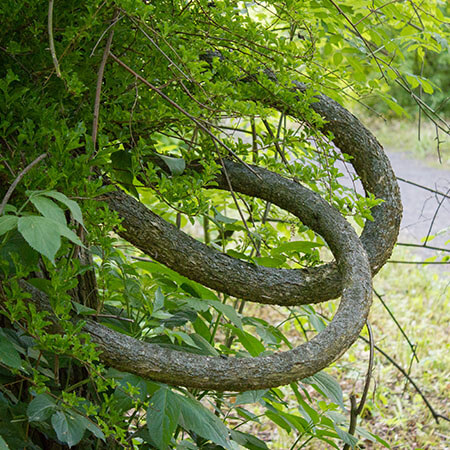
Celastrus Paniculatus Medicinal Uses
More often different parts of staff tree are used to overcome pain and local inflammations. However, Ayurveda recognizes its seeds as an effective nervine tonic. Its use is recommended in chronic debilitating diseases of nervous system. Also, staff tree finds its application to promote memory and learning abilities.
Chemical Composition
The seeds yield a brownish-yellow oil with an unpleasant taste. This oil is reported to contain acetic acids and benzoic acids in addition to the higher amount of the fatty acids.
Pacifies vata and kapha, promotes pitta.
Know the story behind other medicinal Ayurvedic ingredients
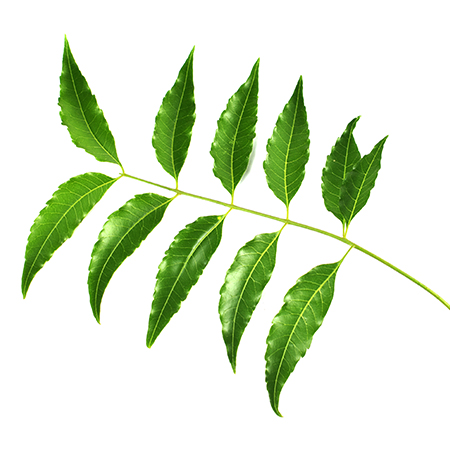
Neem
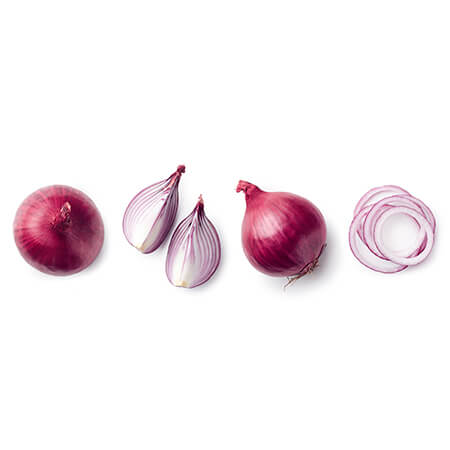
Onion
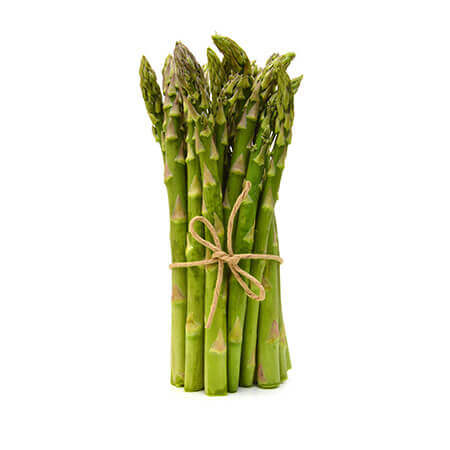
Shatavari
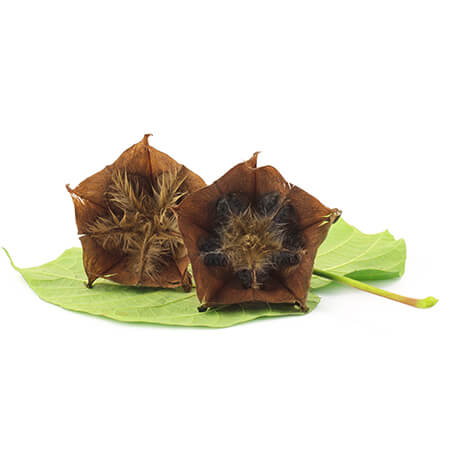
Ulatkambal
